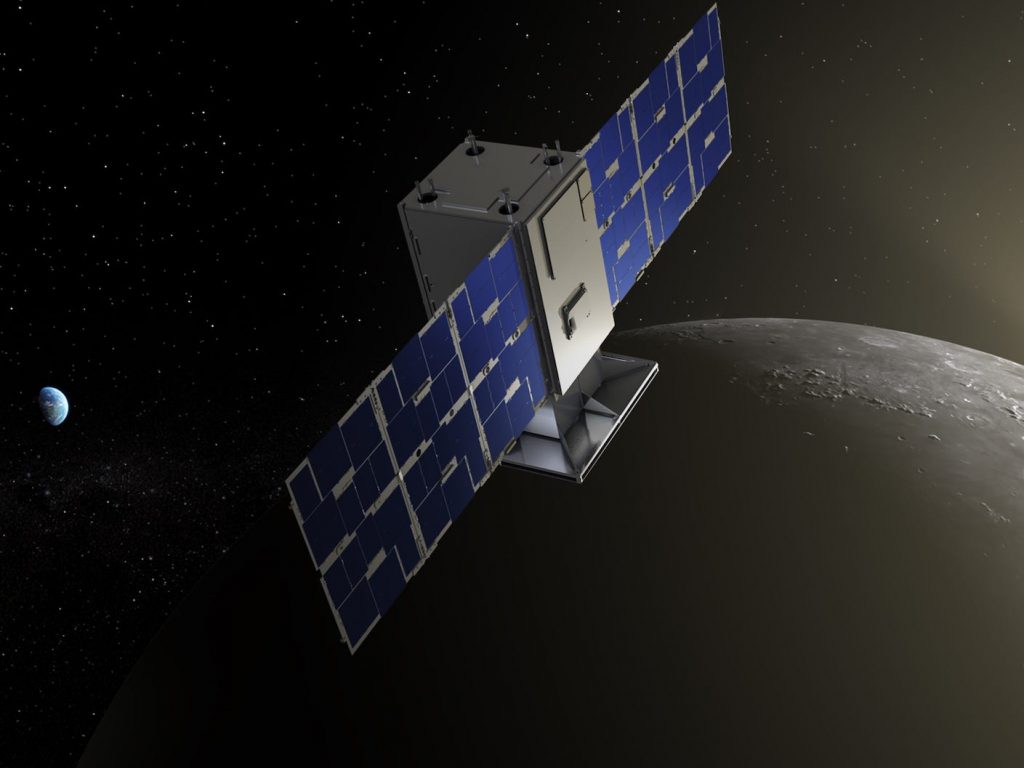- NASA said Tuesday it lost contact with its CAPSTONE satellite on its way to the moon.
- CAPSTONE was the first of a series of NASA missions aiming to bring humans back to the moon.
- The agency is working to re-establish communications.
NASA lost contact with the CAPSTONE satellite on Tuesday, a stumbling block in a program meant to pave the way for humans to return to the moon.
"The spacecraft team currently is working to understand the cause and re-establish contact," NASA said in a statement Tuesday.
CAPSTONE is the first of NASA's missions that lay the groundwork to bring humans back to the moon for the first time since 1972. The probe is small — about the size of a microwave.
CAPSTONE —short for the Cislunar Autonomous Positioning System Technology Operations and Navigation Experiment — was launched to test the stability of a peculiar elliptical orbit around the moon.
That orbit is being eyed for NASA's planned manned Lunar space station, which is called Gateway.
The satellite's orbit can be seen in the video below.
NASA plans to launch the first elements of the Lunar Gateway in 2024.
CAPSTONE cannot reach the moon unless communications are restored, since its trajectory needs to be carefully adjusted as it travels.
NASA said in a second statement Tuesday that the first adjustment had been delayed, but that satellite had enough fuel to get back on track with the right direction.
The satellite gathered speed for about a week before its Rocket Lab launcher propelled it out of the Earth's orbit and the satellite successfully separated and deployed its solar panels.
The issue arose after the satellite separated from its launcher, a spokesperson for Rocket Lab told New Zealand news site Stuff.
